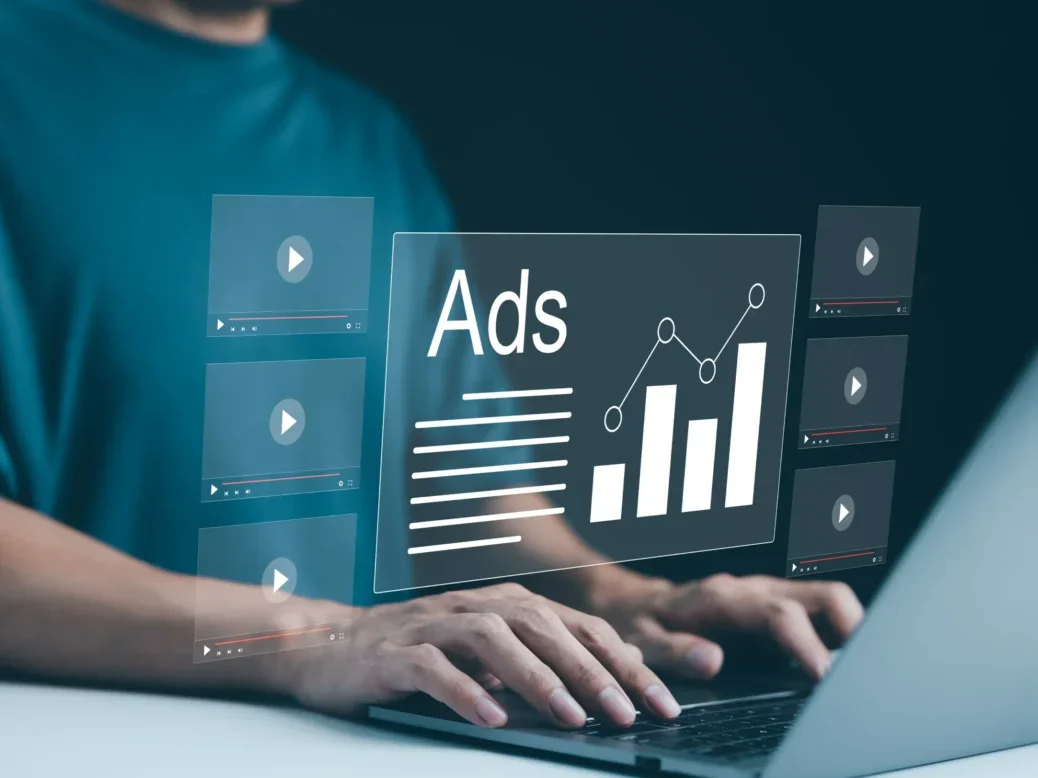
Most free-to-air publishers rely heavily on programmatic display advertising to fund their journalism.
With AI-generated content flooding the internet, advertisers want to be assured that their messages are reaching real readers, rather than by bots on MFA (Made for Advertising) websites.
Readers are savvier and expect more control over their online experiences, including the ads they see. For publishers, this means it’s time to rethink traditional programmatic strategies and embrace solutions that prioritise relevance, respect and reader engagement, to ensure they are a preferred destination for advertising spend.
A new wave of adtech start-ups is emerging to help publishers adapt to this changing landscape. These innovators recognise that AI is changing the way readers consume content, and they’re offering new and better ways for digital display adverts to be delivered. While still early-stage, these concepts could reshape the future of digital advertising on the web.
Of 11 start-ups that pitched to a panel of investors at the AdTech Economic forum in London last week, there were three that caught my eye. Their offerings felt as though they are firmly on the side of publishers and readers.
1. Nodals AI: Bringing walled garden performance to the open web
The “walled gardens” of the internet (think Facebook, Google) have long dominated digital advertising due to their vast troves of user data. But what if publishers could unlock the power of their own first-party data securely and effectively?
That’s the promise of Nodals AI, founded by industry veterans Aly Nurmohamed, previously a senior executive at Criteo and COO at Permutive, and Ed Barnes, an engineering leader at Doubleclick, Google, and Yahoo.
Nodals AI helps publishers leverage their direct relationships with readers to deliver better outcomes for advertisers.
The key is redefining data signals. Nodals AI allows publishers to run custom algorithms directly on their data, ensuring privacy and control. This approach not only improves targeting and personalisation but also helps publishers maintain a direct connection with their audience.
According to Nodals AI, this approach can deliver over twice the sales for advertisers compared to traditional third-party data.
2. Anonymised: Thriving in an ID-less world
The death of the third-party cookie has been looming for years, and with it, a major challenge for publishers: how to monetise inventory when user IDs are scarce?
Anonymised offers a solution: ID-less advertising technology that enables targeting, measurement, and optimization without relying on traditional identifiers. Their real-time, edge AI models process cross-site data on the user’s device, generating anonymised audience cohorts.
For publishers, this means unlocking up to 60% incremental audience reach in ID-less environments. By focusing on “wasted” impressions that can’t be sold through traditional methods, Anonymised helps publishers tap into new revenue streams while prioritizing user privacy.
3. Welect: Giving readers the power of choice
Imagine a world where readers choose the ads they see. That’s the vision behind Welect. Their ‘self-selected advertising’ format puts the reader in charge of their ad experience, leading to higher trust, purchase intent and overall engagement. In a landscape dominated by algorithms and data tracking, Welect offers a refreshing alternative: giving consumers agency over the ads they’re exposed to.
How does it work? Welect’s ad formats put the decision about which ad campaign gets displayed directly in the hands of the user. This simple shift has a profound impact. Instead of relying on complex data profiles, Welect uses a single, real-time signal from the user, right before the ad is displayed, to determine which ad is most relevant to them. It’s a “less is more” approach that prioritises user choice and relevance.
For publishers, this could translate to a more receptive audience and increased ad revenue. By giving readers a voice, Welect helps publishers deliver ads that are actually welcomed, not ignored. In fact, market research studies show that self-selected advertising outperforms traditional formats.
Welect’s approach has been shown to increase trust by 44%, purchase intent by 27%, consideration by 24% and message comprehension by 19%. However, the reliance on user selection could potentially limit the reach of certain campaigns, especially those targeting niche audiences who might not actively choose to see them.
Nonetheless, Welect’s approach represents a bold step towards an advertising ecosystem where consumers are respected, and their preferences are valued. Potentially a win-win for both publishers and readers.
The role of dynamic pricing
AI also plays a role in dynamic pricing strategies, allowing publishers to optimise ad revenue based on real-time demand and audience characteristics. By analysing factors like user behavior, content relevance, and advertiser bids, AI algorithms can adjust ad prices on the fly, maximising yield for publishers.
Reclaiming control
These three start-ups potentially represent an exciting shift in the digital advertising landscape. By embracing AI-powered solutions, publishers can reclaim control over their advertising inventory, build stronger relationships with their readers, and unlock new revenue opportunities.
While these businesses are early-stage and these concepts are unproven, they point towards a future where advertising is more relevant, respectful and rewarding for everyone involved. It may be time to take a fresh look at how you are using AI in your programmatic advertising strategies.
Read the other articles in Paul Hood’s series offering AI-tips for news publishers.
Email pged@pressgazette.co.uk to point out mistakes, provide story tips or send in a letter for publication on our "Letters Page" blog
